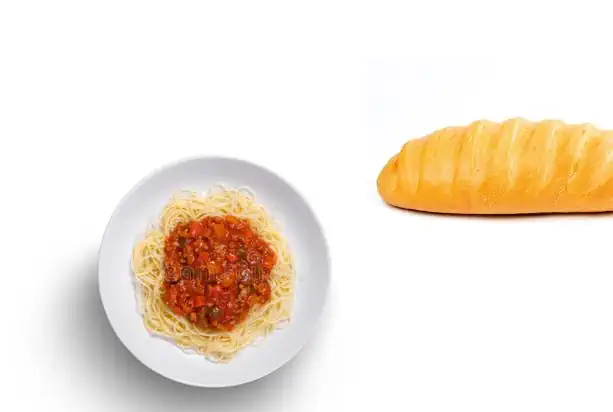Pasta and bread are staple foods that are enjoyed by many people around the world. However, for those following a vegan diet, there may be concerns about whether these foods are suitable for their lifestyle.
This blog post will explore whether or not vegans can eat pasta and bread and provide tips and information to help make informed choices about incorporating these foods into a plant-based diet.
The answer to whether vegans can eat pasta and bread is not straightforward, as different brands may use non-vegan ingredients. However, there’s no need to worry – I will explain how to make the right choice and provide some vegan alternatives.
To better address the question of whether or not vegans can eat pasta and bread, let’s start by looking at the common ingredients found in these foods. This will give us a better understanding of which ingredients are vegan-friendly and which are not.
Common ingredients in pasta:
Common ingredients in bread:
It’s important to note that there are many different types of pasta and bread, and the ingredients can vary depending on the brand and type of product. Some specialty breads or pastas may contain other ingredients such as seeds, nuts, or herbs.
While wheat flour, water, and salt are vegan-friendly ingredients in pasta and bread, some types may contain non-vegan ingredients like eggs or milk. It’s crucial to read ingredient labels carefully and contact the manufacturer to ensure that the product is vegan.
What To Look For and What To Avoid
What to look for:
- Look for labels that explicitly state that the product is vegan or plant-based
- Check the ingredients list for plant-based ingredients, such as wheat flour, water, and salt
- Look for pasta and bread made from alternative flours, such as quinoa, rice, or chickpea flour, which are often vegan
What to avoid:
- Avoid pasta and bread that contain non-vegan ingredients, such as eggs, milk, or butter
- Be cautious of ingredients like casein, whey, or lactose, which are all derived from milk and are not vegan
- Avoid products that are not explicitly labeled as vegan or plant-based, as they may contain non-vegan ingredients.
Alternative Vegan Options
There are several options that are both vegan-friendly and nutritious. Here are some examples:
- Whole-grain pasta and bread
- Gluten-free pasta and bread
- Legume-based pasta
- Sweet potato or zucchini noodles
- Flatbread alternatives
These options can provide more nutrients, variety, and accommodate different dietary needs. However, let’s also consider some vegan brands that have been discussed on our website.
Bread Alternatives
Pasta Alternatives
Final Thought
In summary, By familiarizing yourself with the common ingredients found in pasta and bread, and learning how to read labels to identify non-vegan ingredients, you can make informed choices about what foods to include in your diet.
DISCLAIMER: SoundVegan, Inc. disclaims all liability and does not advocate the use or abuse of any goods, products, or medications. Although we make every effort to ensure the authenticity of our material, we cannot make any promises. We work hard to give you helpful information so you may choose the best course of action for your lifestyle and health.

